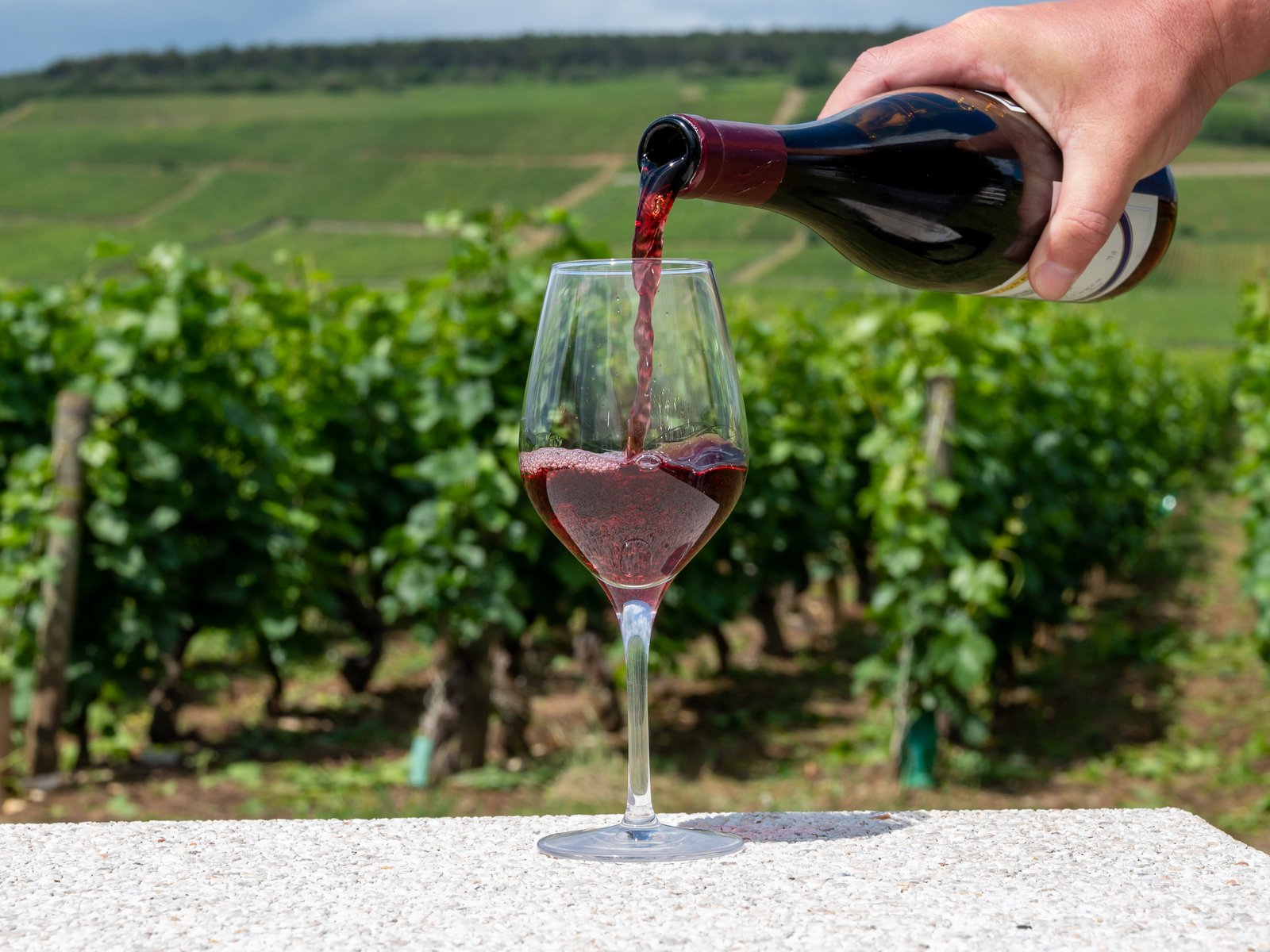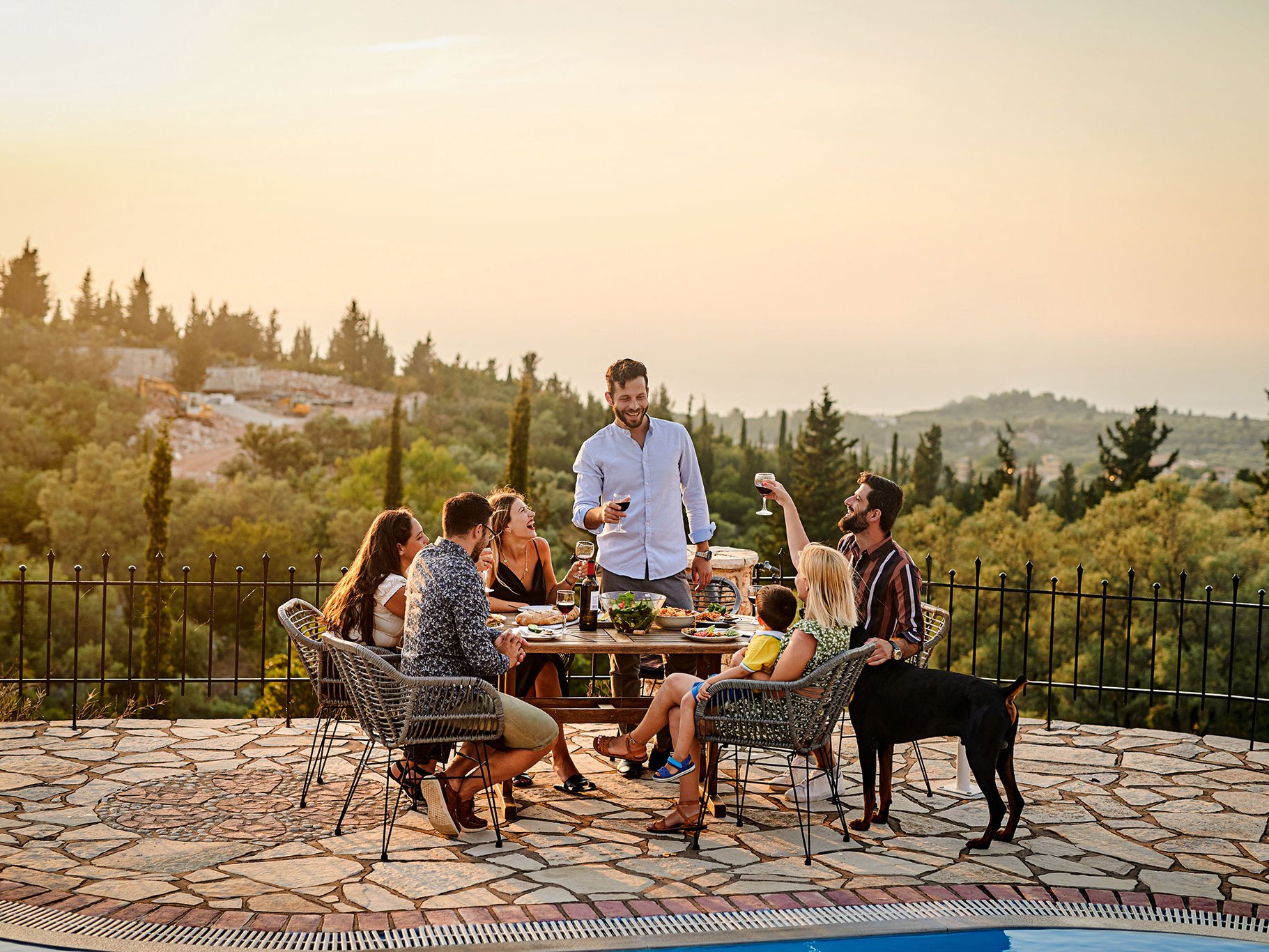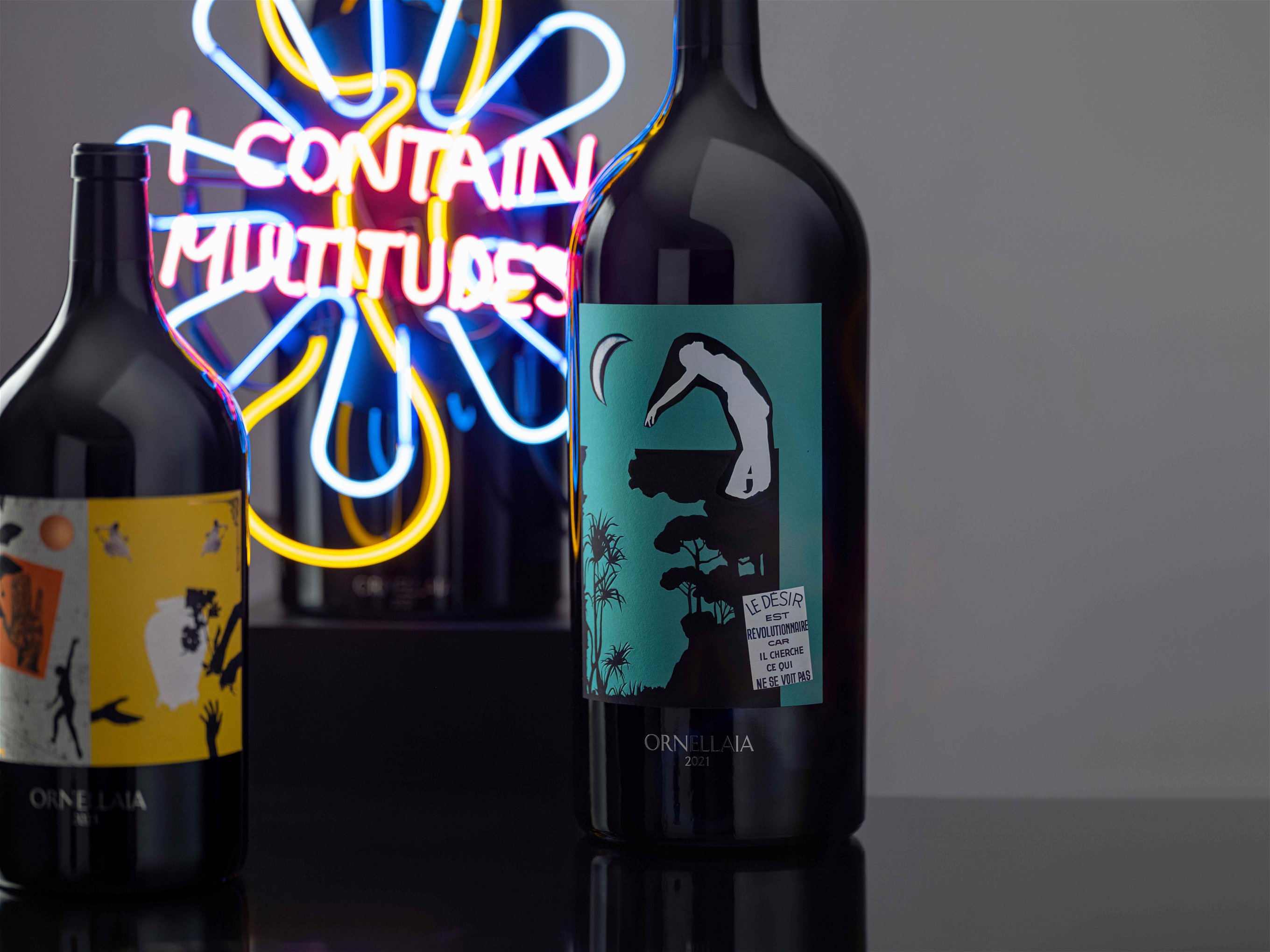Hamilton Russell Vineyards: Four Decades of South African Pinot Noir
Hamilton Russell Vineyards celebrated the 40th anniversary of their first vintage last year. To mark the occasion, the South African pioneer held a remarkable vertical tasting in London in 2022.
“We are celebrating 40 vintages,” said Anthony Hamilton Russell as he introduced this landmark tasting of vintages spanning the past four decades – including three bottles of the last five existing bottles of their 1981 Pinot Noir.
Pioneers in Walker Bay
The Hamilton Russells are pioneers. Anthony’s father Tim Hamilton Russell, had purchased undeveloped land close to the sea “just behind the old fishing village of Hermanus,” in 1975 and planted the first vineyards in what became the Hemel-en-Aarde Valley appellation in 2009. Their first harvest was in 1981. In the spirit of experimentation, Tim made eleven wines from eight different grape varieties. But as the estate continued making wine, a new direction became clear. Anthony and his wife Olive took the reins in 1991 and changed the farm’s focus entirely to Pinot Noir and Chardonnay – ideally suited to the sunny but cool, maritime climate and the ”stony, iron- and clay-rich shale derived soils” in Africa’s southern tip.
Courage and honesty
Quite apart from the investment, the foresight and the optimism it took to plant virgin land to vines, staging this tasting was courageous and honest too, as the wines clearly showed growing expertise and understanding of viticulture and winemaking. That said, the inaugural vintage of 1981 was touchingly beautiful and showed an essence of Pinot-ness that must have encouraged Tim Hamilton Russell in his endeavours – signalling that he was on the right path. As Anthony Hamilton Russell points out, at the time, there were few regions in the so-called New World that had any experience with Pinot Noir: he points to the fellow pioneers in Oregon (which had its first plantings in the 1960s) and Martinborough, which also pioneered Pinot Noir in the 1980s.
Stylistic evolution
Anthony Hamilton-Russell was frank, saying that despite the family's inherant desire to express place, “we are kidding ourselves if we think we didn’t change with prevailing fashion. So we have changed stylistically.” But as he explained, changes were also due to the availability of planting material. The Pinot Noir, for instance, that made the beguiling first vintage in 1981, gradually had to be grubbed up because the vines were badly virused. It was not until 1997 that Dijon clones became available – amongst the first to be planted in South Africa, lending, “more ripeness more plushness, more depth.” By 2001, almost all Pinot vineyards had been replanted with these superior French clones.
Doing something right
Hamilton Russell is painfully honest: “The 1980s were a question of the terroir shouting at us, telling what we should be doing and learning how to do that well,” he said. But he also noted that “it was a time when that whole move towards overripeness was inflicted on the world.” With all the wines poured and tasted, it became clear what Hamilton Russell meant when he said: “We get something that is hard to find in this grape.” Namely, a most profound and authentic expression of Pinot Noir in wines that still shone at 20, 30 and 40 years of age – despite an initial lack of experience or centuries of preceding viticultural history, trial and error. It was a worthy celebration and a lesson to taste these wines. Anthony Hamilton Russell summed it up: “Regardless of vintage, the wines still have something to say.”













